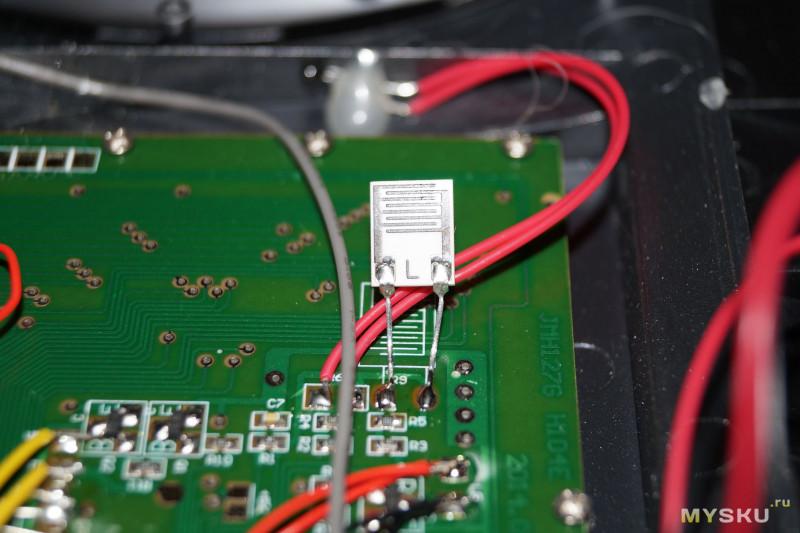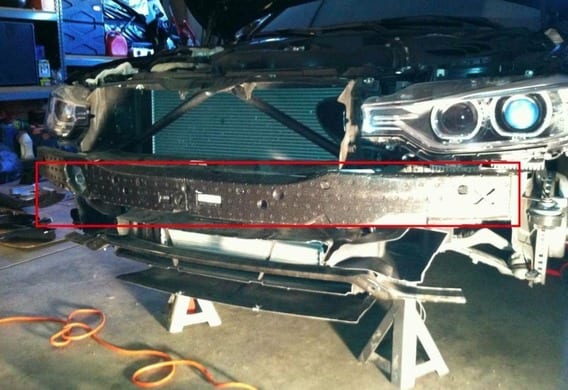
Chinese weather engineering
They kept solar time during the Beijing Olympics. Now the Chinese would like to do the opposite - make it rain where it's too dry. However, these climate maneuvers are starting to raise some concerns...
According to an article published in March this year in the South China Daily Post, a project prepared by the state-owned China Aerospace Science and Technology Corporation suggests that in the region of 1,6 million km2, i.e. as much as 10% of China's area could increase rainfall. The latest climate engineering project will take place in China's western Tibetan Plateau and the region between Xinjiang and Central Mongolia, known for its arid climate and general water scarcity.
The planned system is supposed to be powerful, but Chinese officials say it won't require huge financial outlays. Will be based on cellular networks do combustion high density solid fuellocated on a dry plateau. The combustion result will be release of silver iodide into the atmosphere. Due to this chemical compound, rain clouds should form. The rainfall is expected not only to irrigate the area, but also to flow down rivers from the Tibetan Plateau to densely populated eastern China.
Chinese rain chamber
The Chinese have already built five hundred test chambers. They are located on the steep slopes of the Tibetan mountains. When the monsoon winds hit the mountains, a draft is created that carries the silver iodide molecules high. These, in turn, cause clouds to condense, causing rain or snow to fall. According to scientists involved in the project, the system could increase the region's rainfall by up to 10 billion3 annually – which is about 7% of the total water consumption in China.
Solid fuel combustors were developed by rocket propulsion specialists as part of the Chinese military's program to use weather modifications for defensive purposes. They burn fuel as cleanly and efficiently as rocket engines - they have the efficiency of aircraft power units. According to Chinese sources, they emit only vapor and carbon dioxide, making them usable even in protected areas. Engineers had to take into account the high altitude conditions and rarefied air. More than 5 m in the air there is little oxygen necessary for the combustion process.
The cameras can be controlled from a smartphone thousands of miles away, via a satellite forecasting system, because the operation of the installation will be monitored and monitored on an ongoing basis using very accurate data coming into the system in real time from a network of thirty small meteorological satellites that monitor monsoonal activity in region of the Indian Ocean. Aircraft, drones and rockets in this project will complement the ground network, which will enhance weather effects through additional spraying.
From the Chinese point of view, using a network of elevated combustion chambers instead of aircraft makes a lot of economic sense - the construction and installation of one combustion chamber costs about PLN 50. yuan (US$ 8), and costs will decrease given the scale of the project. It is also important that this technique does not require a ban on flights over large areas, which is necessary when sow clouds aircraft are used.
Until now, precipitation in China has been caused by spraying catalysts such as silver iodide or dry ice into the atmosphere. This was commonly used to mitigate the effects of drought. Five years ago, more than 50 billion tons of precipitation per year were artificially created in the Celestial Empire, and this amount was planned to be increased five times. The preferred method was spraying chemicals from rockets or aircraft.
Doubts
There are many questions regarding the safety and effectiveness of such a system.
First, the release of silver iodide at such low altitudes can affect humans. Particles of this substance, inhaled into the lungs, are harmful, like any atmospheric dust, although, fortunately, silver iodide is a non-toxic compound. However, falling with rain to Earth, it can disrupt the aquatic ecosystem.
Secondly, the Tibetan Plateau is necessary to supply water not only to most of China, but also to a large part of Asia. The mountain glaciers and reservoirs of Tibet feed the Yellow River (Huang He), Yangtze, Mekong and other large waterways flowing through China, India, Nepal to other countries. The lives of many tens of millions of people depend on this water. It is not entirely clear whether China's actions will disrupt the water supply to the valleys and all densely populated areas.
Weiqiang Ma, a researcher at the Tibetan Plateau Research Institute of the Chinese Academy of Sciences, told Chinese media that he was skeptical about artificial precipitation forecasts.
- - He said. -
Don't know if this works
The cloud seeding technique dates back to the 40s when a pair of General Electric scientists experimented using silver iodide to condense rain clouds around Mount Washington, New Hampshire, North America. In 1948 they received a patent for this technique. The US Army spent about $1967 million a year during the Vietnam War in 1972-3 on weather modification activities to use the rainy season to create muddy, harsh conditions for enemy troops. One of the campaigns involved an attempt to flood the Ho Chi Minh Trail, the main road that communist Vietnamese troops traveled on. However, the effects were assessed as minimal.
Scientists say one of the biggest problems with cloud seeding is that it's hard to tell if it's working at all. Even with today's improved methods, it is not easy to distinguish weather conditions that were expected from those that were planned.
In 2010, the American Meteorological Society released a statement on cloud seeding practices. It stated that although the science of weather effects had made great strides in the last fifty years, the ability to plan for weather effects was still very limited.

